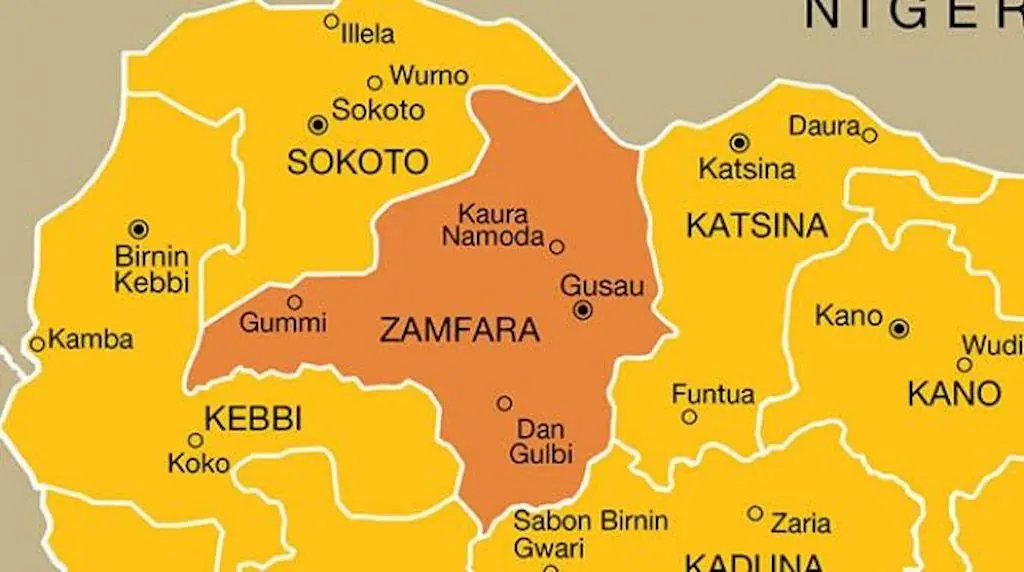Actinic Keratosis Treatment Market Anticipated to Grow
Actinic Keratosis Treatment Market
Overview of the Actinic Keratosis Treatment Market
The global Actinic Keratosis Treatment Market has witnessed significant growth over the last few years due to a surge in awareness regarding skin conditions and the increasing prevalence of actinic keratosis (AK). This precancerous skin condition, primarily caused by prolonged exposure to ultraviolet (UV) rays, has emerged as a pressing public health concern, particularly among older adults and individuals with fair skin.
North America remains the leading regional market for AK treatments, driven by higher diagnosis rates, better access to dermatological care, and strong pharmaceutical industry presence. Among treatment types, topical medications dominate due to their non-invasive nature and convenience. The rising geriatric population, coupled with increasing outdoor occupational exposure, is expected to continue fueling market demand in the upcoming years.
Get a Sample PDF Brochure of the Report (Use Corporate Email ID for a Quick Response): https://www.persistencemarketresearch.com/samples/27691
Key Highlights from the Report
• Topical medications remain the dominant product segment due to ease of use and patient compliance.
• North America holds the largest regional share, owing to high skin cancer screening rates.
• Cryotherapy is gaining traction as a highly effective outpatient treatment method.
• Increasing prevalence of AK among younger adults due to excessive sun exposure is a notable trend.
• Strategic collaborations between pharmaceutical companies are accelerating innovation and new product launches.
Market Segmentation
The actinic keratosis treatment market can be segmented by treatment type, including topical medications, photodynamic therapy (PDT), cryotherapy, laser therapy, and chemical peels. Among these, topical medications such as fluorouracil, diclofenac, and imiquimod are the most widely prescribed options. They offer a convenient, non-invasive approach to treating widespread or multiple lesions, particularly suitable for early-stage AK. Meanwhile, cryotherapy is preferred for isolated lesions and offers quick results, although it may lead to scarring in some cases.
End-user segmentation includes hospitals, dermatology clinics, and home care settings. Hospitals and dermatology clinics dominate the market due to the availability of advanced treatment equipment and expert consultation. However, with a rising emphasis on self-care and the availability of over-the-counter (OTC) topical drugs, the home care segment is projected to grow rapidly. The market is also segmented by lesion type, including clinical and subclinical actinic keratosis, with treatment strategies varying accordingly.
Regional Insights
North America continues to dominate the actinic keratosis treatment market due to a higher incidence of AK, better healthcare infrastructure, and active awareness programs about skin cancer prevention. The United States, in particular, has high screening rates and widespread adoption of both pharmaceutical and procedural treatments, accounting for a major share of the global market.
Europe follows as the second-leading region, supported by a strong presence of dermatology-focused healthcare systems and an aging population susceptible to UV-induced skin conditions. Countries such as Germany, France, and the UK show rising adoption of advanced therapeutic methods including photodynamic therapy.
Market Drivers
One of the primary market drivers is the increasing incidence of actinic keratosis worldwide, particularly among aging populations and those with significant sun exposure. Growing awareness regarding skin cancer and precancerous lesions has led to early diagnosis and proactive treatment, which, in turn, boosts market demand. Public health initiatives and campaigns aimed at promoting skin protection and regular check-ups are further contributing to the growing number of diagnosed cases and treatments.
Technological advancements in treatment modalities, including laser therapies and photodynamic therapy, have also enhanced the effectiveness and appeal of AK treatments. Pharmaceutical innovations, such as combination therapies and improved topical formulations, offer patients more options with reduced side effects and improved outcomes. These developments, alongside rising healthcare spending, are significantly supporting market expansion.
Moreover, the increasing availability of dermatological services and growing aesthetic concerns about visible lesions among patients are motivating earlier intervention. The market is further stimulated by the growing preference for minimally invasive or non-invasive treatments, which reduces the need for surgery and improves patient recovery times.
Market Restraints
Despite robust growth, the actinic keratosis treatment market faces several restraints. A major concern is the underdiagnosis and undertreatment of AK, especially in low- and middle-income countries where access to dermatological care is limited. Many individuals often ignore or misinterpret lesions, which delays diagnosis and treatment.
Additionally, the high cost of advanced therapies such as laser treatments or photodynamic therapy poses affordability issues for a significant portion of the population. Limited insurance coverage for cosmetic or non-life-threatening conditions also hampers the adoption of premium treatment options. Furthermore, side effects associated with some topical treatments, such as skin irritation, redness, and burning, may deter patient adherence.
Market Opportunities
Amidst these challenges, the market presents promising opportunities. The increasing popularity of teledermatology and digital skin imaging tools allows for easier and faster diagnosis, particularly in remote or underserved areas. This shift is expected to improve patient access to early treatment and expand the market reach of dermatology services.
Moreover, rising R&D investments aimed at discovering safer, more effective therapies-especially targeted topical and systemic treatments-are creating new revenue streams. Personalized medicine, which considers individual genetic and lifestyle factors, is also gaining traction in dermatology, including in AK treatment protocols.
Another notable opportunity lies in public-private partnerships focused on skin cancer awareness and prevention. These collaborations help enhance early detection rates and encourage timely treatment adoption, especially in emerging markets. Companies investing in education and outreach initiatives are likely to gain a competitive advantage while contributing to public health goals.
Frequently Asked Questions (FAQs)
1. How big is the actinic keratosis treatment market in 2024?
2. Who are the key players in the global actinic keratosis treatment market?
3. What is the projected growth rate of the actinic keratosis treatment market?
4. What is the market forecast for actinic keratosis treatment through 2032?
5. Which region is estimated to dominate the actinic keratosis treatment industry during the forecast period?
Company Insights
The actinic keratosis treatment market comprises several key players that are driving innovation and competition. Leading companies include:
1. 3M Healthcare
2. Sun Pharmaceutical Industries Ltd.
3. Almirall S.A.
4. Biofrontera AG
5. Bausch Health Companies Inc.
6. LEO Pharma A/S
7. Perrigo Company plc
8. Hill Dermaceuticals, Inc.
9. Galderma S.A.
10. Valeant Pharmaceuticals International Inc.
Recent Developments:
• In 2023, LEO Pharma A/S launched a new combination topical therapy that improves lesion clearance while minimizing skin irritation.
• Biofrontera AG expanded its distribution network in North America by partnering with several dermatology clinics to promote its photodynamic therapy solutions.
Conclusion
The actinic keratosis treatment market is on a steady growth trajectory, propelled by rising awareness, technological advancements, and increasing incidence of skin conditions due to UV exposure. While challenges such as high costs and access disparities persist, ongoing research and innovation continue to transform the landscape of treatment options. With favorable demographic trends and expanding healthcare infrastructure, the market is well-positioned for long-term success. Stakeholders who proactively invest in new therapies, public outreach, and global expansion stand to benefit the most in this evolving market scenario.
About Persistence Market Research:
At Persistence Market Research, we specialize in creating research studies that serve as strategic tools for driving business growth. Established as a proprietary firm in 2012, we have evolved into a registered company in England and Wales in 2023 under the name Persistence Research & Consultancy Services Ltd. With a solid foundation, we have completed over 3600 custom and syndicate market research projects, and delivered more than 2700 projects for other leading market research companies' clients.
Our approach combines traditional market research methods with modern tools to offer comprehensive research solutions. With a decade of experience, we pride ourselves on deriving actionable insights from data to help businesses stay ahead of the competition. Our client base spans multinational corporations, leading consulting firms, investment funds, and government departments. A significant portion of our sales comes from repeat clients, a testament to the value and trust we've built over the years.
Contact Us:
Persistence Market Research
G04 Golden Mile House, Clayponds Lane
Brentford, London, TW8 0GU UK
USA Phone: +1 646-878-6329
UK Phone: +44 203-837-5656
Email: [email protected]
Web: https://www.persistencemarketresearch.com
This release was published on openPR.











